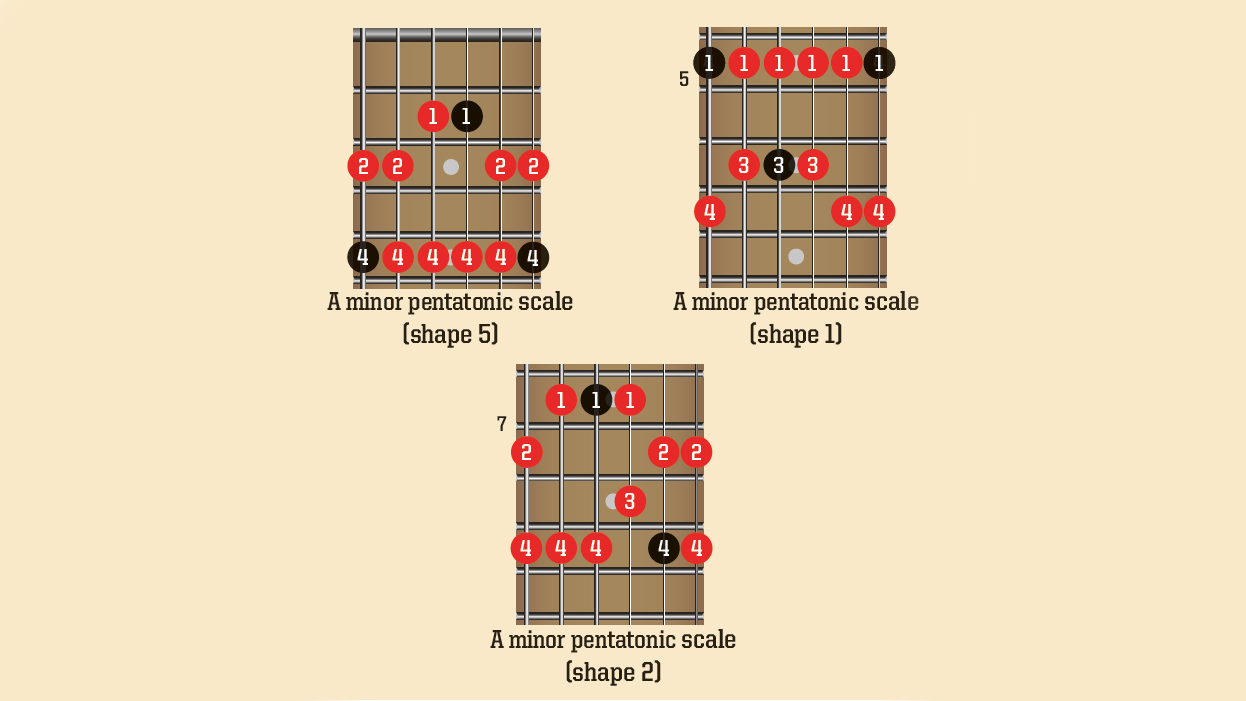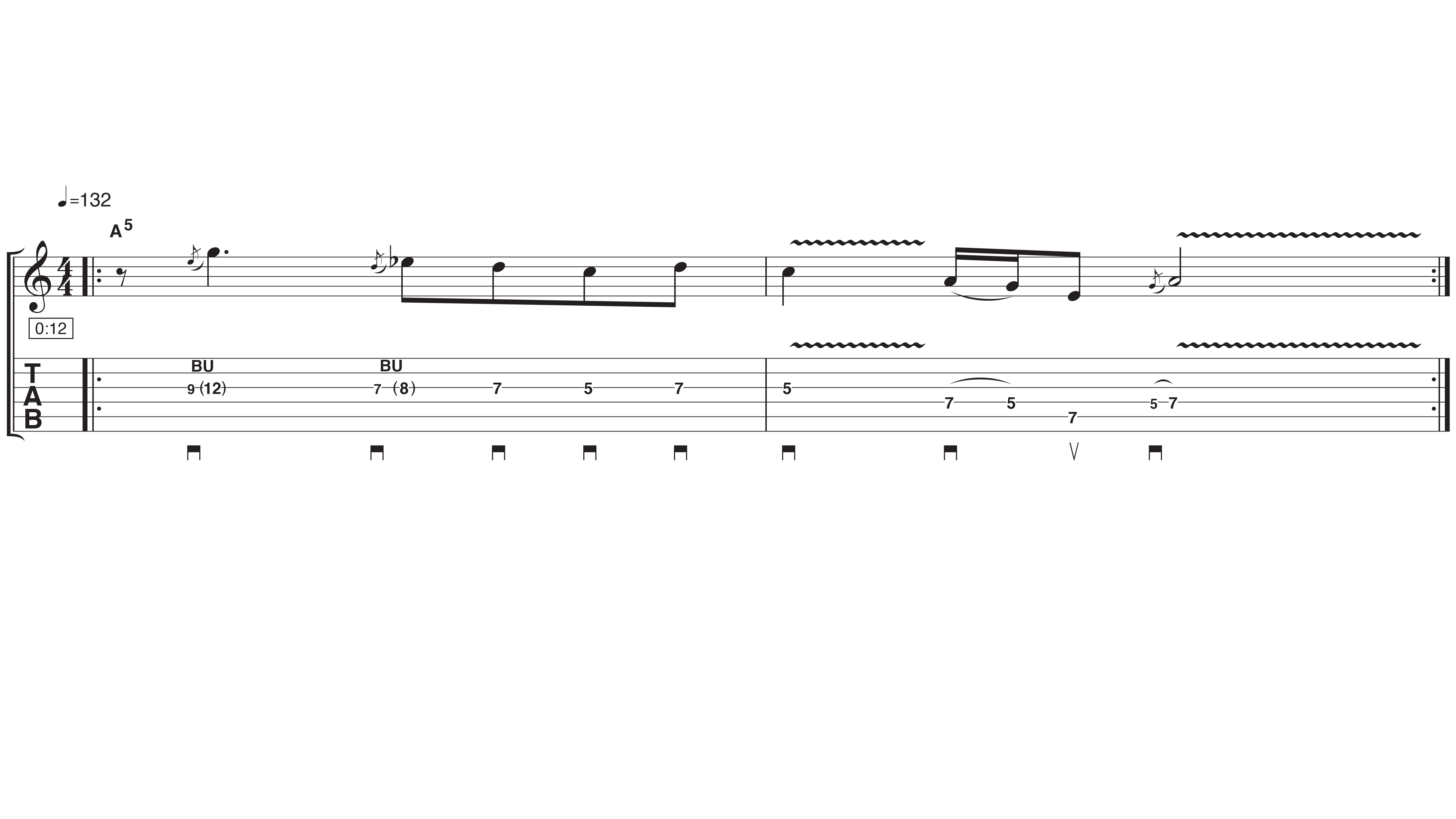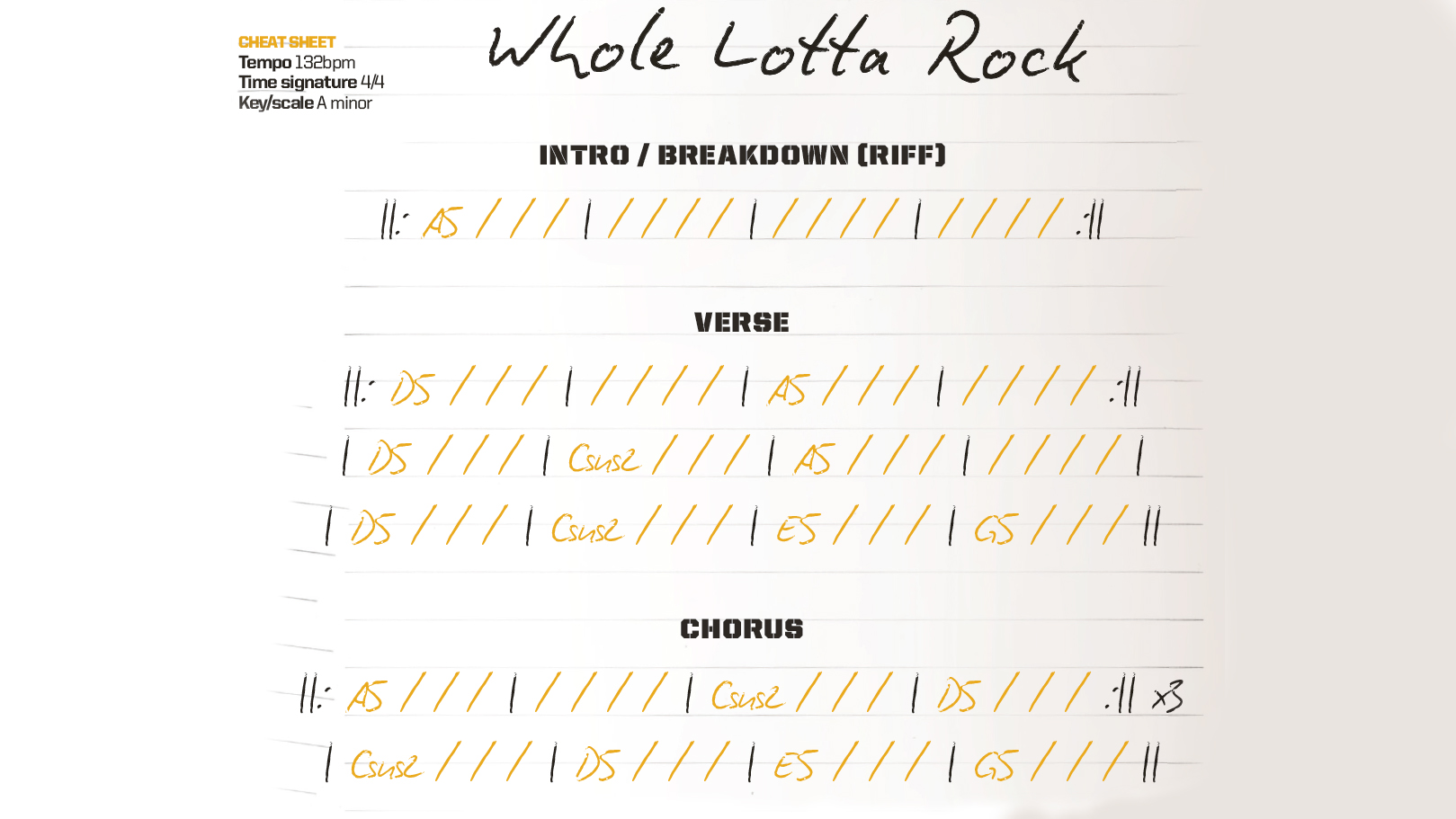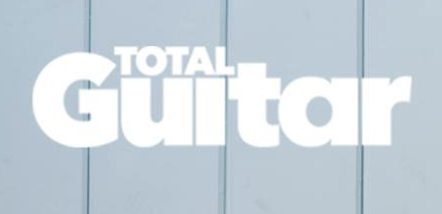Free guitar jam track lesson: 70s riff rock
A classic rock-style track in A minor to play along to and download with our guitar lesson to help you
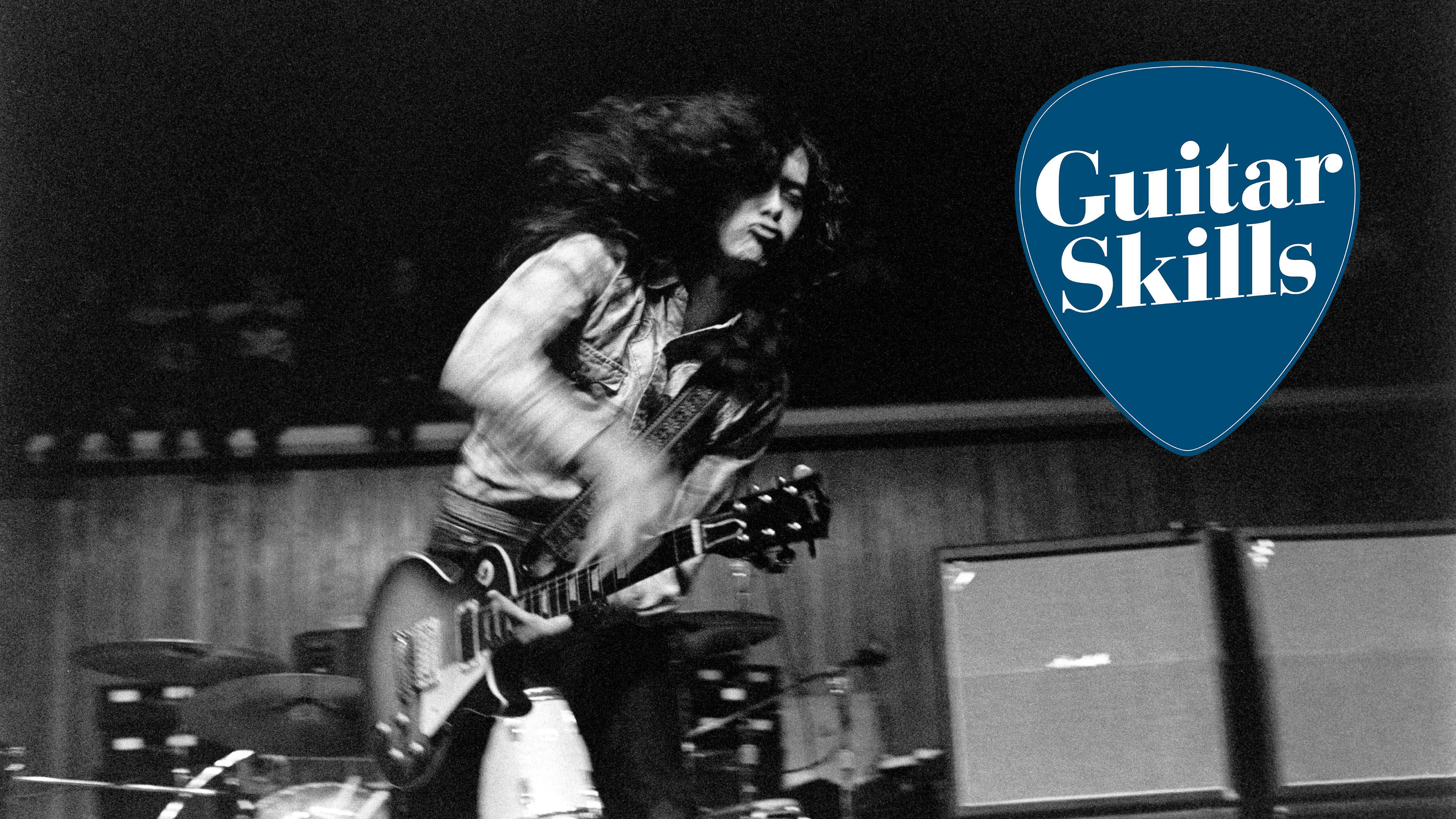
Guitar skills: One of the best ways to develop your guitar chops is to have fun jamming along to music, improving you timing and phrasing with a band without any pressure. That's why we'll be posting regular backing track lessons for you to learn and download for free. We're kicking off with some good 'ol 70s riff rock.

During the 1960s and 70s guitar amps became gradually more powerful and players responded in kind, evolving the blues into what would become rock. Jimmy Page, Eric Clapton, Angus Young and many more were typically plugging humbucker equipped guitars into Marshall amps and cranking up the volume to get their tone.
Our 70s riff rock-style backing track is packed full of vibe and swagger. The intro combines an open A5 chord with C and G notes to create an infectious riff . The verse uses a variety of powerchords in the key of A minor.
The chorus reprises our main riff and some of the verse chords. When soloing you can use the A minor pentatonic scale to create some rocking lines. Blues and rock-oriented ideas generally work best for this style and our tabbed example utilises some typical string bends. If you’re feeling more adventurous, try some more advanced techniques, such as tapping or whammy bar divebombs.
Scales
The A minor pentatonic scale sounds great throughout – and we’ve given you three shapes to work with.
Notice how the shapes link together. Shape 5 leads into shape 1, which in turn leads into shape 2. Try plotting out the notes of the remaining shapes (3 and 4) before you reach shape 5 again an octave higher up the fretboard.
Chords
A5, D5 and G5 are based on those easy A, D and G open chords – just simplified to be played as powerchords. Csus2 is a variation on an open C chord, but its shape is quite similar to the G5. The E5 shape shown here is also a variation on the open shape, but extended to cover two octaves.
Want all the hottest music and gear news, reviews, deals, features and more, direct to your inbox? Sign up here.
Jam track lick to learn
Jam track: Whole Lotta Rock [click arrow on right of Soundcloud player to download]
Jam track cheat sheet
Total Guitar is Europe's best-selling guitar magazine.
Every month we feature interviews with the biggest names and hottest new acts in guitar land, plus Guest Lessons from the stars.
Finally, our Rocked & Rated section is the place to go for reviews, round-ups and help setting up your guitars and gear.
Subscribe: http://bit.ly/totalguitar
